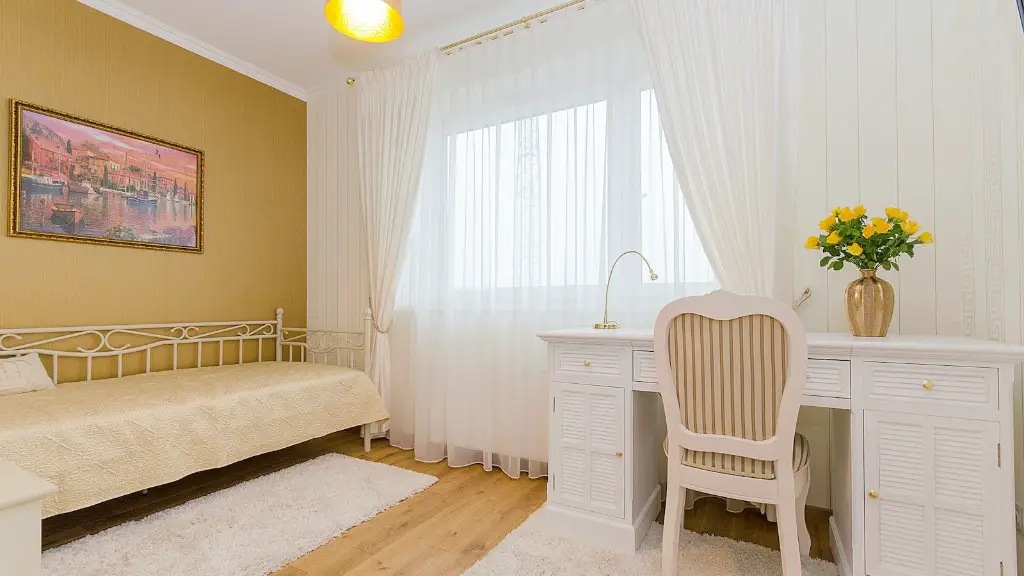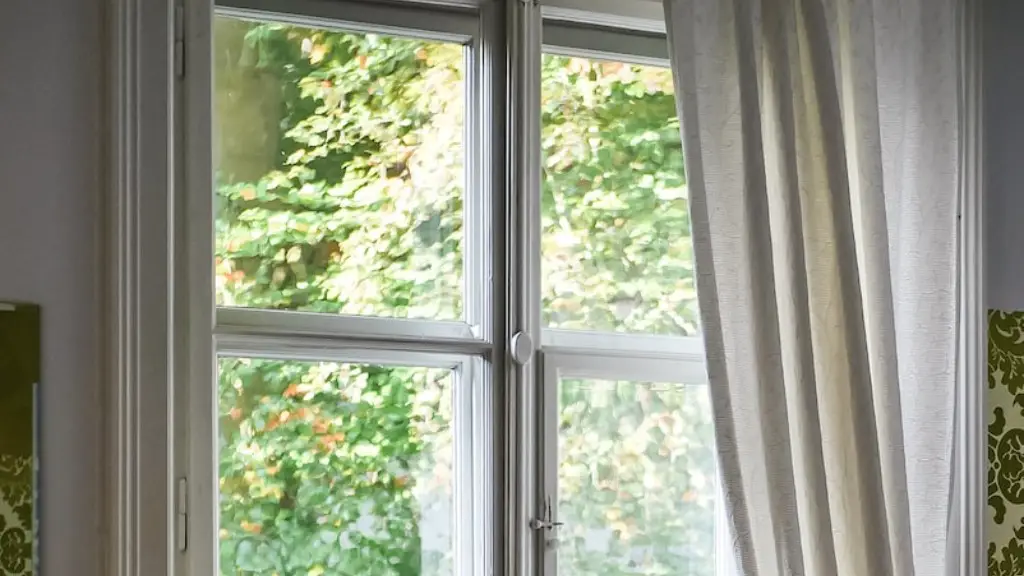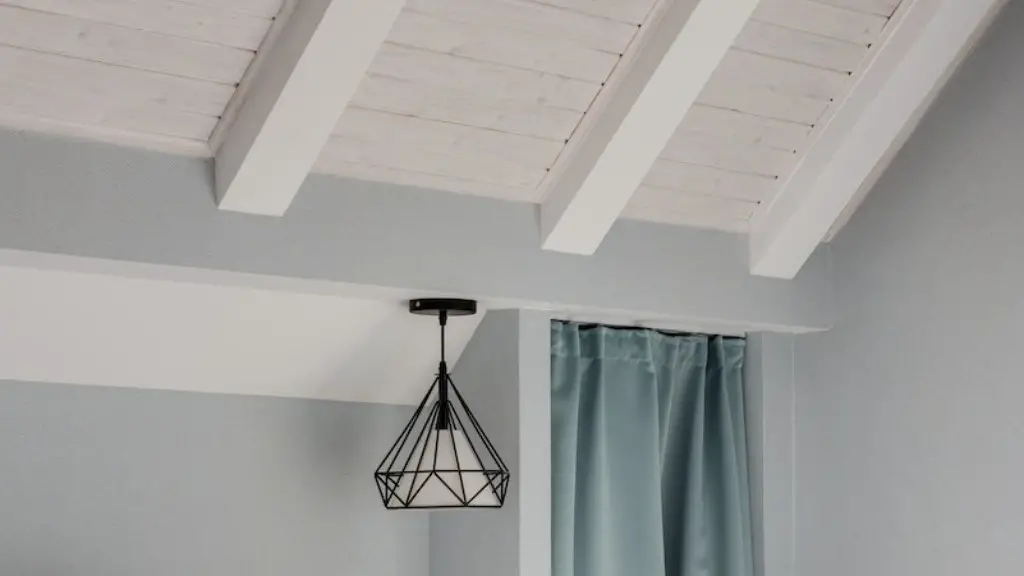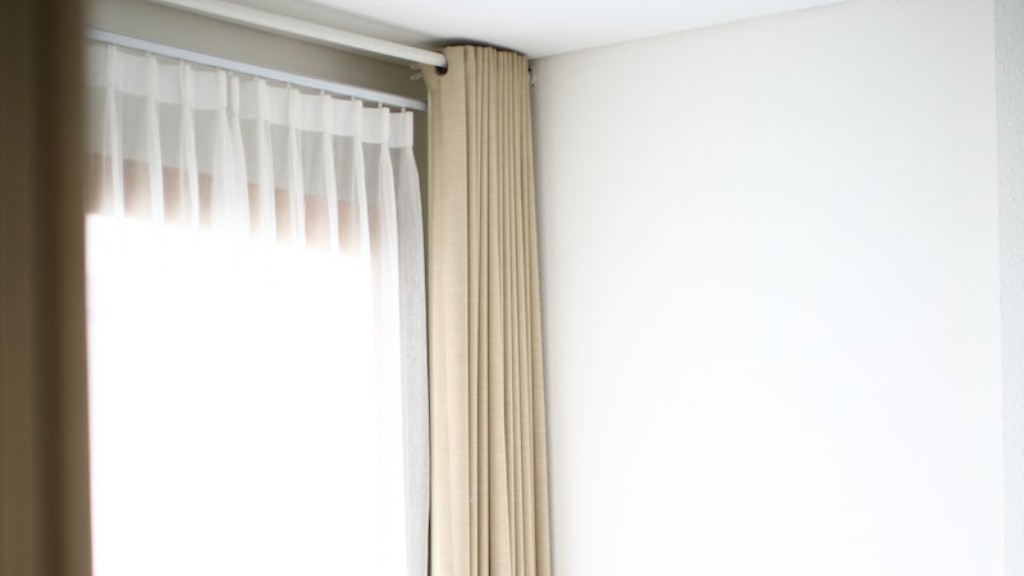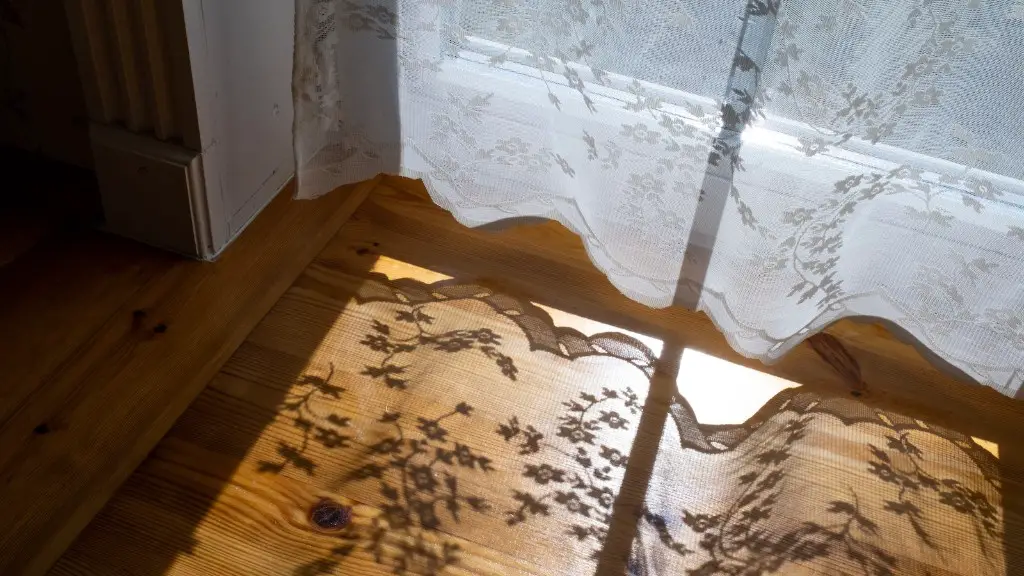There are a few different ways that you can attach trim to curtains. You can sew it on, glue it on, or use velcro to attach it. If you are sewing the trim on, you will want to make sure that you use a strong thread so that it doesn’t come off. If you are gluing the trim on, you will want to use a strong glue so that it doesn’t come off. You can also use velcro to attach the trim to the curtains.
There are a few different ways to attach trim to curtains. One way is to sew the trim onto the curtains. Another way is to glue the trim onto the curtains.
How do you attach trim without sewing?
Peel and stick tape is a type of adhesive tape that is easy to use and remove. It is perfect for temporary applications and can be easily cut to the desired length.
With a very hot iron, carefully place the iron over the tape trim working in sections. Keep the iron stationery. Don’t move it back in forth or you risk moving the trim! Once the trim is secured in your first section (on the front side of the panel), turn the corner of the panel over to steam the edge.
Where should curtain trim be placed
When you are ready to start attaching your trim to your curtain panel, it is important to first lay out your materials on a table or the floor. This will help you to have a clear idea of where everything should go and prevent you from making any mistakes. Next, place your trim next to the edge of your panel and make sure that any tassels, pom poms, or fringe are facing away from the curtain panel. This will ensure that they are not accidentally caught when you are attaching the trim.
To machine sew a fold over hem, first fold the edge of the curtain over 1 inch and press the fold. Then position the curtain under the foot of the sewing machine, with the right side of the fabric on the surface and the hem against the feed dogs. Sew close to the second fold and press the finished hem.
Can I just glue trim?
For trim or molding larger than 2 inches in width, you will need to run a 1/4 –inch serpentine bead (S-bead) of constructive adhesive about 1 1/2-inches from both edges of the trim. Push the piece into place and hold for 5- 10 seconds. Allow the adhesive to dry or cure for at least 2 hours prior to painting.
If your fabric phrase finish the raw edge on each side of the cut fabric fold back each side so it’s about 1/4″ from the fold line and press. Now top stitch close to the fold on both sides. This will finish the raw edge and give your project a nice clean look.
Does iron on hem tape work for curtains?
Iron-on hem tape is a great way to fuse the hem to the curtain. Cut a piece of hem tape slightly shorter than the width of your curtain and slip it inside the hem, right between the back of the curtain and the folded hem. Align the top of the hem tape with the top of the folded hem. Iron the hem in place, following the manufacturer’s instructions.
Hemming tape is a great way to hem lightweight curtains with a narrow hem. Take the time to measure the desired length from the top of the curtain to the bottom edge to help you calculate the new hem depth. This will ensure a professional-looking finish.
How do you use heat and bond to hem curtains
You can use Heat’n Bond to create a hem on your fabric. First, iron the Heat’n Bond liner paper side up (you’ll iron the paper side) just above the ironed crease where the hem will be. Then, iron on the fusing tape by holding the iron on for 5 seconds in each spot. Allow it to cool, then peel off the paper. Finally, fold the hem over the fusing tape and press again.
If you are hanging drapes on a window that has a casing, the drapes should be approximately halfway between the top of the casing and the ceiling. If there is more than 12 inches between the window trim and ceiling, the drapes should be 4 to 6 inches above the window trim.
Should curtains touch the floor or baseboard?
There are a few things to consider when deciding if your curtains should touch the floor. The first is the overall style you are trying to achieve in your space. If you are going for a more formal look, then longer, floor-length curtains are a better option. If you are going for a more relaxed vibe, then shorter curtains that end above the window sill or just below the sill will work better.
The next thing to consider is function. If you need to be able to open and close your curtains easily, then you will want to avoid having them pool on the floor. When curtains are too long and touch the floor, they can be difficult to open and close without snagging or pulling. If you have young children or pets, you may also want to avoid floor-length curtains so they don’t end up getting dirty or damaged.
So, should curtains touch the floor? It depends on your overall style and function goals. If you need your curtains to be easy to open and close and want to avoid having them get dirty or damaged, then shorter curtains are the way to go. If you are going for a more formal look, then longer, floor-length curtains are the better option.
When hanging a curtain rod, you will want to take into account the height of your ceiling. For standard 8 ft ceilings, you will want to position the rod 1-3 inches below the ceiling or crown moulding. However, if you have taller ceilings (9-10 ft), with windows that are significantly lower than the ceiling, you will want to position your rod 8-12 inches above the window trim. This will help to ensure that your curtains are not too short or too long.
What is EDGE binding on curtains
Edge banding is a great way to add a decorative touch to your shades. It can also help to protect the edges of the shade from wear and tear. Edge banding is typically made from a durable fabric, and is available in a variety of widths.
This will help you achieve a neater, more professional look when ironing your curtains. By flipping them over and ironing the bottom edge first, you can avoid any unsightly creases or wrinkles that might otherwise mar the finished product.
What is the edge of a curtain called?
A valance is a gathered band of fabric hung from the front edge of a pelmet board or valance rail. It hides the track and curtain heading. A valance is the fabric equivalent of a pelmet and serves the same purpose.
Nailing baseboards to the wall is a more efficient method than gluing them down. Nails will keep the baseboards more secure, straight, and free from warping. This will result in your rooms maintaining a solid finish and look for years to come.
Final Words
There are a few different ways that you can attach trim to curtains. One way is to simply sew the trim onto the curtains. Another way is to glue the trim onto the curtains. You can also use Velcro to attach the trim to the curtains.
Overall, attaching trim to curtains is not a difficult task. By following the steps outlined in this article, you can easily add trim to any curtains in your home to add a touch of elegance and sophistication. With a little time and effort, you can create beautiful, custom curtains for your home that will last for years to come.
